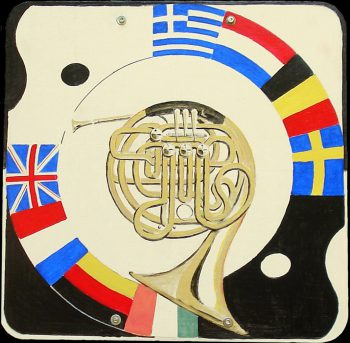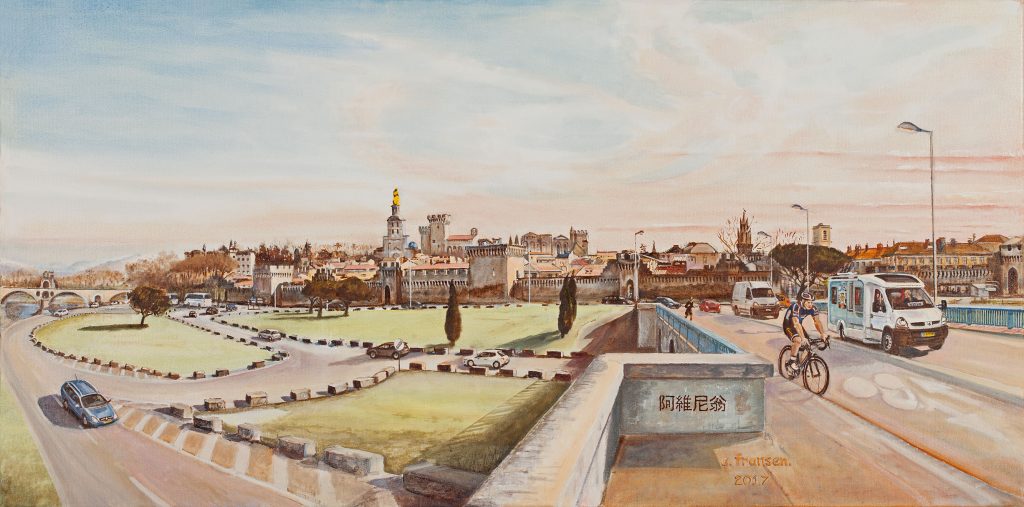Libre circulation; merci ou malgré les remparts
‘Free movement; thanks to or despite the ramparts’
Formerly:
Until the Middle Ages, inner city walls, such as in Avignon, were considered safe from intruders and from unwanted influences. Free movement, albeit limited, existed by the grace of protective and isolating walls.
Today:
Thanks to the ‘breaching of walls’, there will be free movement of people, goods, services and capital everywhere, in the future; we are stronger together. But of course intruders and unwanted influences remain. Hopefully this freedom will become strong enough to serve the public interest, not that of a few.
Reminiscence:
- Soundtrack suite for Robin Hood, Prince of Thieves (composed and conducted by Michael Kamen)
» Read more
The almost five kilometers long city walls of Avignon date from the fourteenth century, and are characterised by towers, arrow slits and gates. Before this wall, the city already had two earlier city walls; one from the Roman era and one from the thirteenth century.
The current walls were commissioned by Pope Innocent VI. The pope, as head of the Roman Catholic church, did not reside in Rome between 1309 and 1377, but in Avignon, because in Rome there was political confusion; Rome was simply too dangerous.
» Read less

